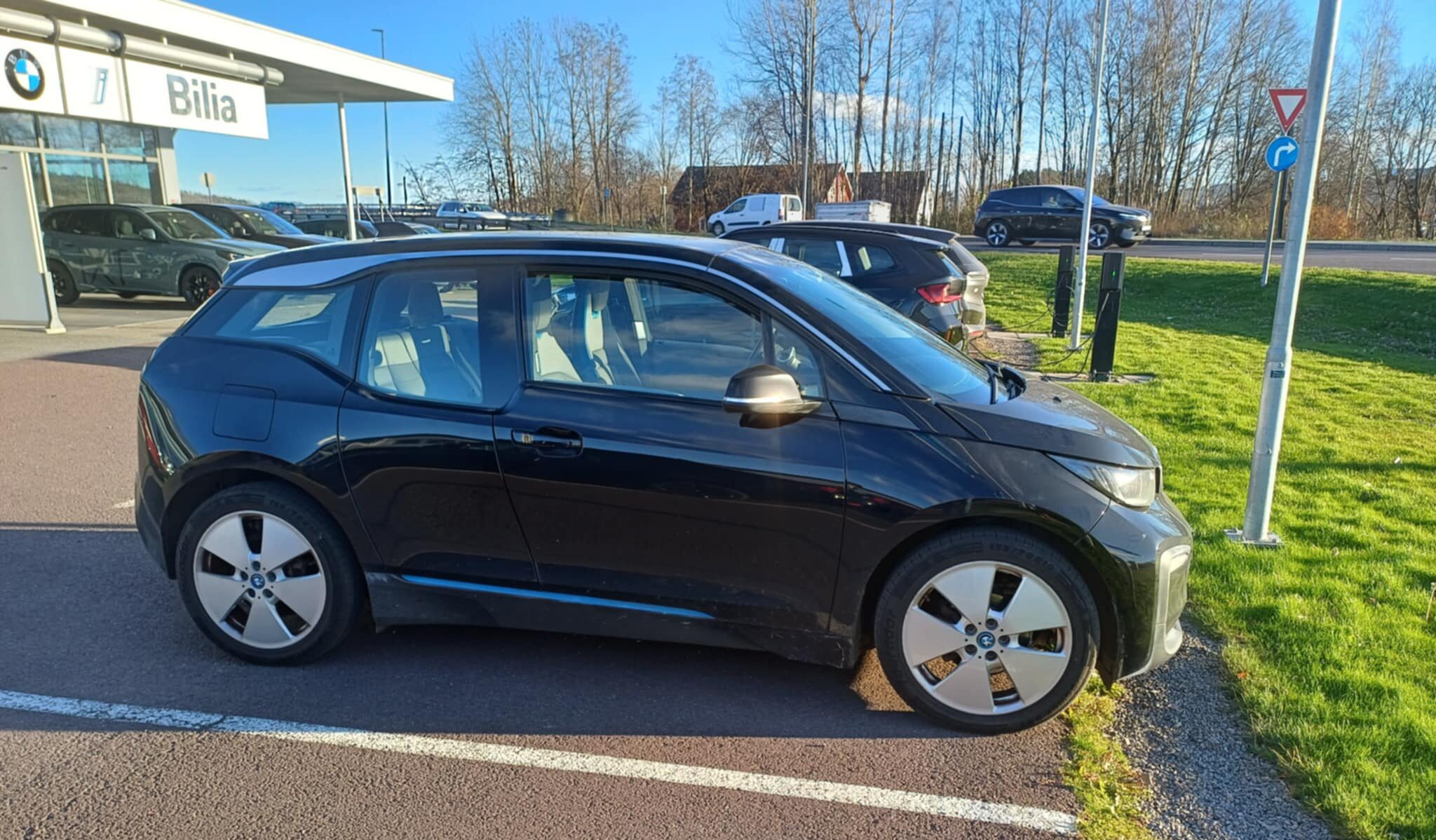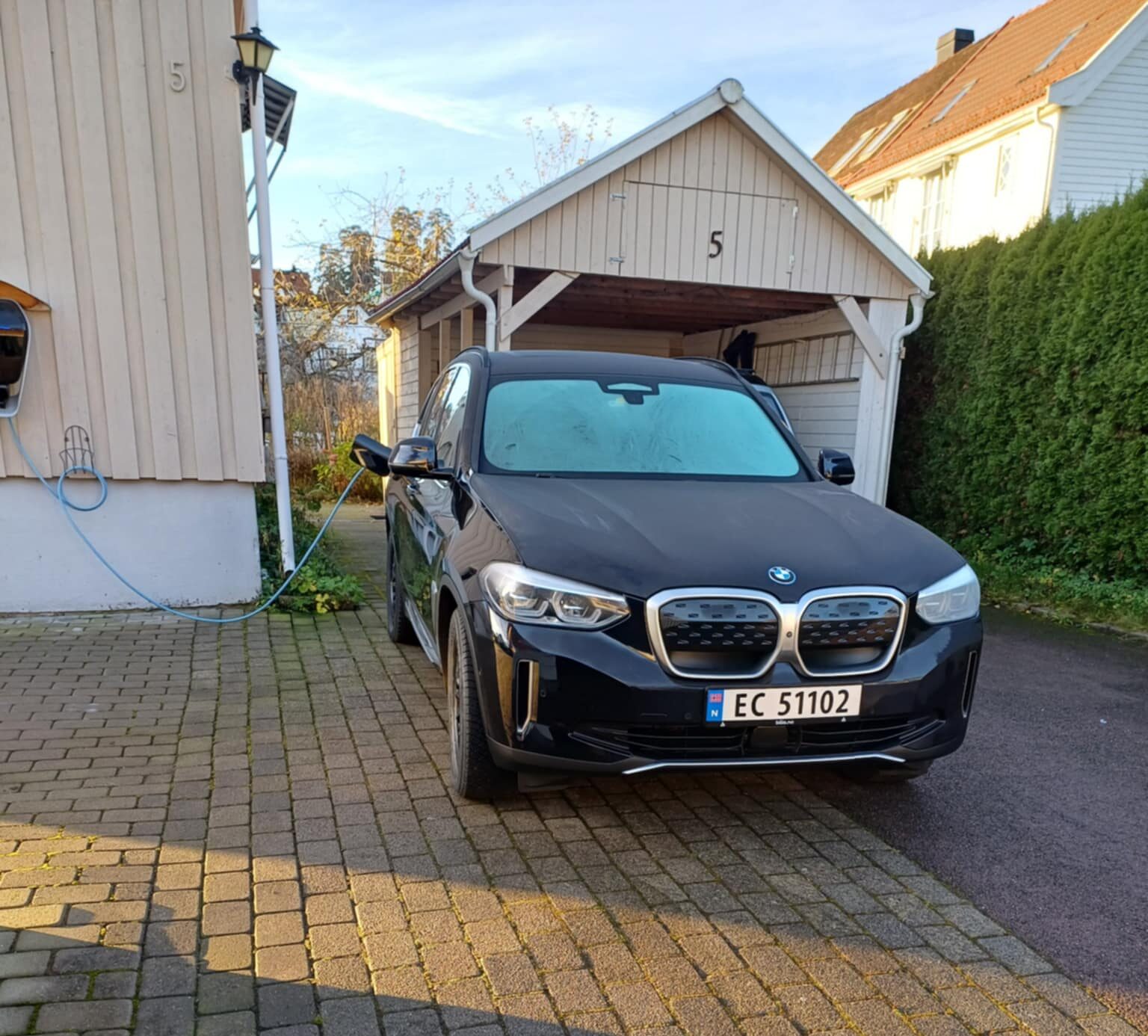Norway’s Electric Vehicle Transition: A Local’s Perspective
The electric vehicle (EV) revolution has been making headlines globally, but what’s it like to experience this transition firsthand? David Waterworth recently connected with his distant relative, Greg Coombes, living in Norway – a country leading the charge in EV adoption. Greg shared his insights and personal experiences about Norway’s transition to electric vehicles.

Norway’s EV success story is largely attributed to three key factors: tax exemptions for new EV cars, free ferries and tolls for EVs, and the country’s reliance on hydroelectric power. While some of these incentives have changed over time, they played a crucial role in popularizing EVs. Greg notes, “EV car ownership is so much easier than fossil fuel cars. Petrol and diesel here can cost up to $AU3.50 a litre. An EV only needs a service every 2nd year so no oil change every year. Plus, the added saving on ferries and tolls.”
The environmental impact has been significant, particularly in reducing air pollution in cities like Oslo and Bergen. Greg highlights that “this has been a major step forward in regards to the cleaner air.” However, he also points out that there are still more fossil-fueled vehicles on the roads than EVs.
Advancements in EV Technology
A major turning point came when EV driving ranges exceeded 400 km, making them more practical for rural areas. The latest battery technology now offers ranges of up to 700 km, and improved performance in harsh Norwegian winters. Greg observes that “the harsh Norwegian winter is also having less effect on battery efficiency, also because of better technology.”

The impact on mechanics has been gradual. While EVs require less service, the prevalence of fossil fuel cars means that mechanics haven’t seen a significant drop in business yet. Greg’s experience with his BMW iX3 shows that even second-hand EVs retain significant value.
Charging Infrastructure Challenges
One of the main issues Greg identifies is the complexity of charging infrastructure. The government left charging station operation to private companies, resulting in multiple providers and apps. Greg explains, “The main problem we have had is that the government left the running of the charging stations to private companies… Not only that, and this is what I believed they had now regulated, is the use of card terminals, instead of Apps, or both.”
He cites his wife’s experience at a mountain hotel, where she had to download multiple charging provider apps, as an example of the inconvenience this causes, particularly for older users.

Despite these challenges, Greg emphasizes that there is no lack of charging stations in Norway. Most people charge at home, often with wall boxes included in the purchase price of new cars. Greg suggests that charging stations should be located at existing petrol stations and use standardized card terminals.

As Norway continues to lead in EV adoption, with electrification extending to ferries and heavy transport, Greg’s insights provide a nuanced view of both the achievements and ongoing challenges in this transition.



